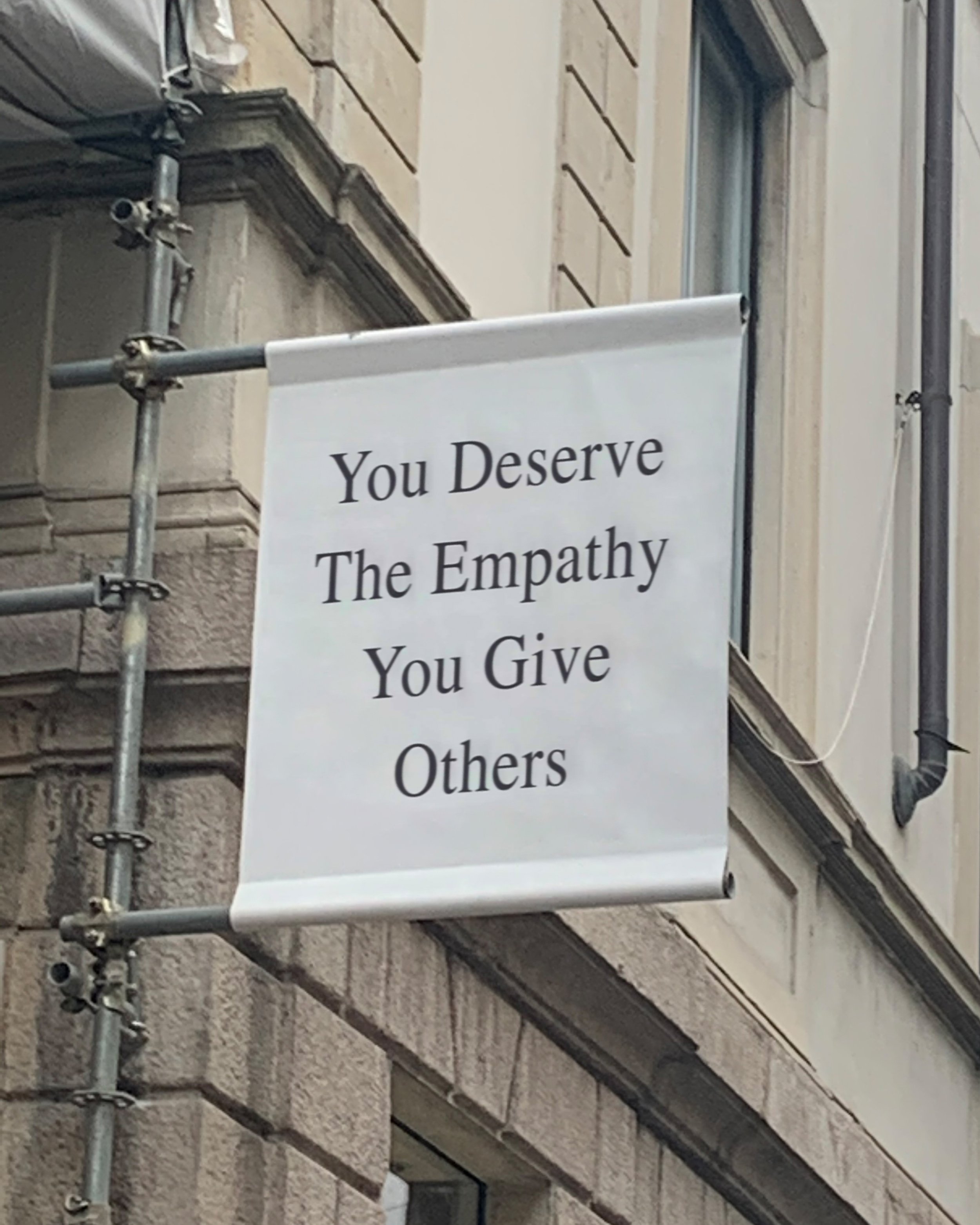The Power of Restorative Rest: How it Heals Anxiety and Trauma
Why Restorative Rest is the Best Thing You’re Not Doing
Let’s start by debunking a common myth: Rest is not lazy. It’s not indulgent. In fact, restorative rest is essential for your well-being—allowing your nervous system to regulate, your mind to process, and your body to repair. Without it, stress accumulates, focus declines, and burnout takes hold. Rest isn’t just a pause; it’s a powerful reset that enhances creativity, resilience, and overall health. So, if you want to be truly productive, start by honoring your need for deep, meaningful rest.
What is Restorative Rest?
Restorative rest is more than just sitting and scrolling Instagram reels. (Yep, guilty here too) It’s about giving your body and mind a chance to truly recharge. Think of it like plugging in your phone overnight—except it’s you getting the energy boost. Restorative rest activates your parasympathetic nervous system (aka your "rest and digest" mode), allowing you to release tension, regulate your nervous system, and heal from the stressors of daily life.
Why Rest Feels So Hard
If you’ve ever tried to relax only to find your brain replaying everything you forgot to do, you’re not alone. Humans are wired to stay alert—we’ve evolved to notice threats and keep moving. In modern life, that means our nervous systems can stay in overdrive, even when the only “threat” is a missed email or a pile of laundry.
In very simple terms, Polyvagal Theory shows us that your nervous system operates in different states (all in service of your survival): a calm, regulated state (parasympathetic), a fight-or-flight state (sympathetic), and a freeze state. Little disclaimer, this explanation of Polyvagal Theory simplifies a complex concept but does not fully encompass the nervous system’s functioning. Restorative rest helps you gently shift out of the high-alert mode and into a calm, healing zone. Over time, this practice supports your long-term physical and emotional health, from reducing inflammation to boosting focus.
“Rest is not idle; it’s the key to productivity and creativity.”
— Dr. Matthew Walker, author of Why We Sleep
Take the Time to Prioritize Rest By:
Eating Slowly: Savor your food like you’re a contestant on a cooking show. This is a great way to ground yourself in the moment.
Slow Down: Slowing how you move through the world can send signals to your brain that everything is okay and you are safe, helping to regulate your nervous system naturally.
Going for a Walk: Not a power walk—just a regular walk where you notice the trees, the clouds, and the cute dog you pass.
Putting Your Phone Down: Try leaving it in another room for a bit. The world will keep spinning, I promise.
Taking a Deep Breath Between Tasks: Breathe in for four, hold for four, out for four. Instant reset.
Listening to Sounds of Nature: Whether it’s birds outside your window or a “forest sounds” playlist, nature is your nervous system’s best friend.
Why Rest is Productive
When you prioritize rest, you’re not slacking off—you’re investing in your health. Consistent rest allows you to show up as your best self, lower stress levels, and be more present, whether that’s at work, with your family, or just in your own head. So the next time you feel guilty for doing “nothing,” remember: Rest is everything. And you deserve it.
Sources: Porges, S. W. (2011). The polyvagal theory: Neurophysiological foundations of emotions, attachment, communication, and self-regulation. W.W. Norton & Company.
Related Posts
If this post was helpful, you might also like these…






